150,000+ users are sharing and connecting at Birdfy.
Gifting has never been easier
Perfect if you're short on time or are unable to deliver your gift yourself. Enter your message and select when to send it.
Mid-Year Sale - UP TO 50% OFF
Shop
Shop
 Bird Feeder Cameras
Bird Feeder Cameras
 Birdfy Bamboo Series
Birdfy Bamboo Series
 Birdfy Hummingbird Feeders
Birdfy Hummingbird Feeders
 Birding Station Setup
Birding Station Setup
 Add-Ons
Add-Ons
 Replacement
Replacement
Support
Support
Join Birdfy – Start Your Birdwatching Journey with 8% OFF!
with 8% OFF!
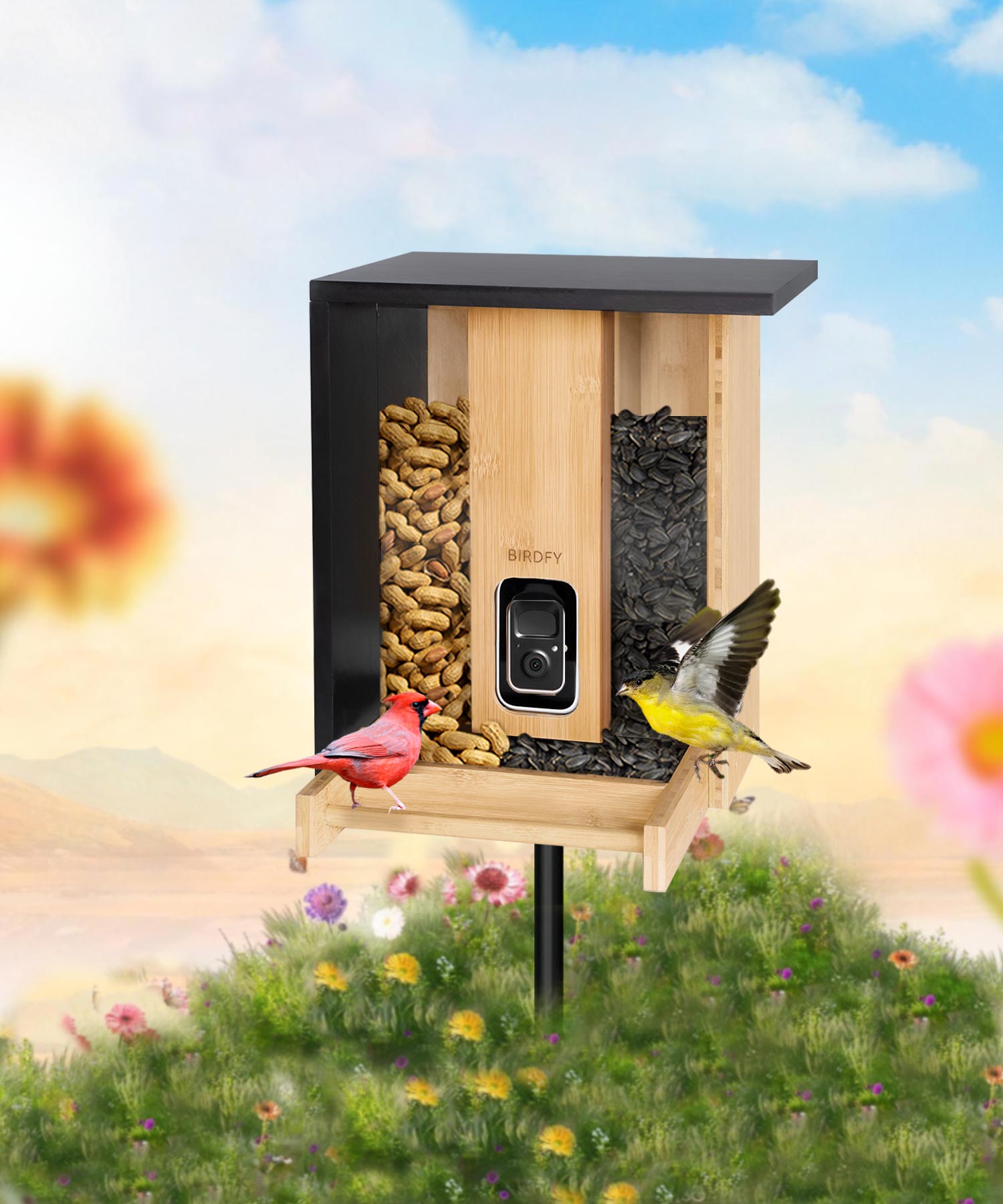
8% Off
By continuing to browse, you agree to our use of cookies and our sharing of information about your interactions on our site with our social media, advertising, and analytics partners.
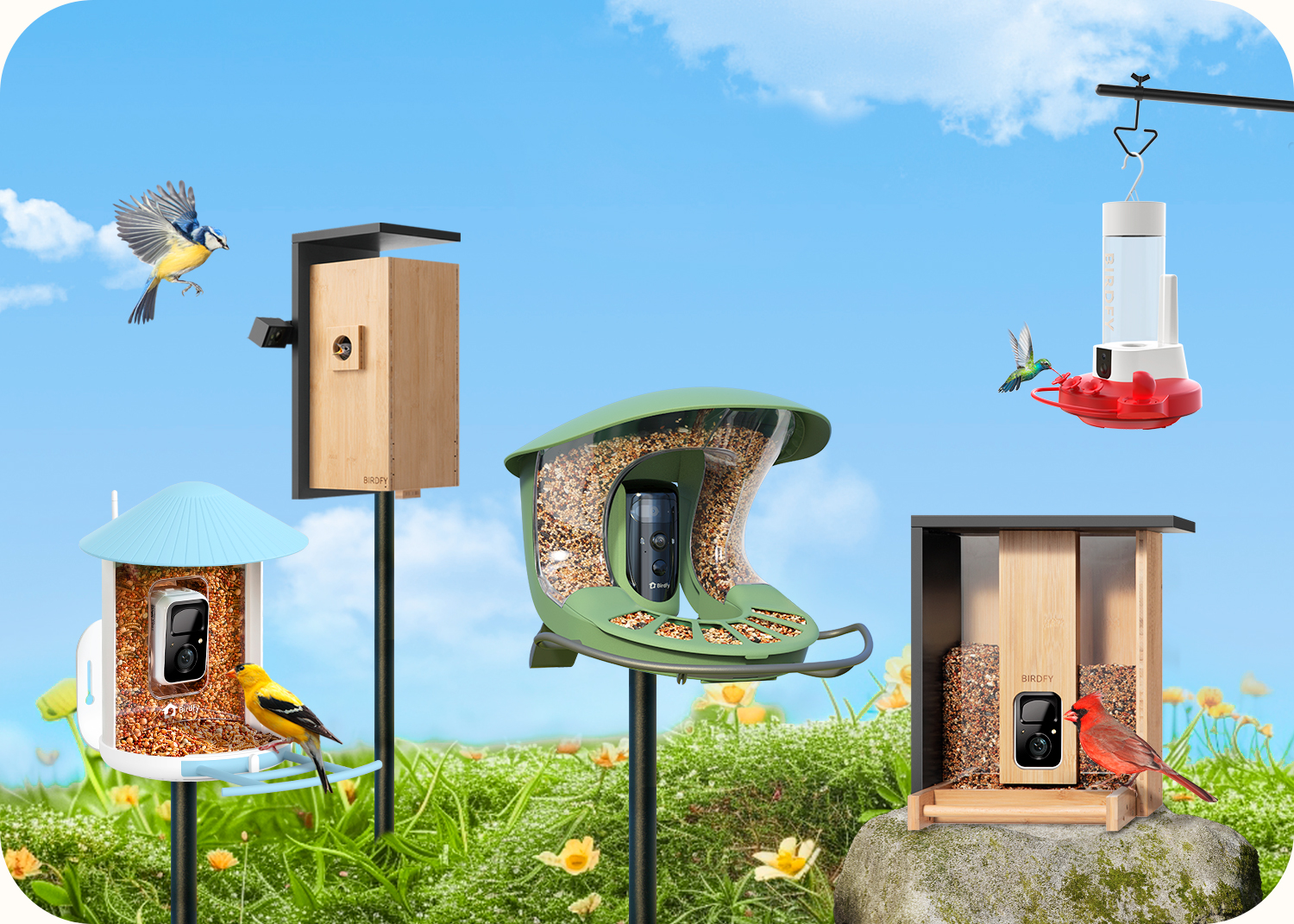
Build Your Bird Paradise
Join our flock of bird lovers on Facebook groups, subreddit, and beyond! Share your
best bird clips, get help or help others, discover new species and make new friends.
Let's make birdwatching even more vigorous together!
150,000+ users are sharing and connecting at Birdfy.
Amanda Masingo

A BIRD LOVERS DREAM
This camera is hands down the greatest gift for a bird lover. My husband bought me this because I can’t get out as much due to my health condition, but I am able to watch my sweet birds anywhere - in my living room or at the doctor’s office. I am 1000000% happy with this purchase!
Kevin M

Fun, interactive bird feeder
The box came with a lot of different mounting options so it could go almost anywhere. And it captures clear and vivid photos and video and stores them in the cloud for a week. Plenty of time to check in and see which birds have visited.
russellmavphotography

Close-up Bird Watching Made Easy
Honestly, I love getting notifications and watching the birds at the feeder. It really increases the excitement of having a birdfeeder. My personal favorite of mine is the bald cardinal who visits every day!
Audrey Y

Awesome bird feeder
Received as a gift. I love all of the different mounting options included. My plan is to mount it on a post but for now I have it strapped to a tree. Busy place and I love learning the names of all the visitors. I highly recommend this!
Nicholas Spino

Very cool feeder. I'm thoroughly impressed.
It's amazing viewing these hyperkinetic wonders up close. There are two separate, high quality clips generated when the hummingbirds feed. It's super simple to create a combined video collage using my phone's gallery that I then can share on social media.
Marie Wild

Absolutely love this birdhouse!!
Here are all the garden birds that come to the connected feeder🦜. It notified every bird had arrived in my garden, a great bird nest for my backyard visitors to land!
Emily Beecher

Birds Can't Get Enough!
I've been using Birdfy Seed for a few weeks, and the results are amazing! My backyard has turned into a bird paradise. I’ve spotted cardinals, blue jays, and even a few woodpeckers! The seeds are fresh, and the mix seems to attract a wide variety of birds. Highly recommend it for bird lovers.
Awesome bird feeder

Awesome bird feeder
This is my second Birdfy Bird Feeder, This feeder was very easy to set up. The camera works great and pictures it takes are very clear. I get them on my iPhone as well as my iPad. I have many different birds visiting my back yard we enjoy watching them come and go. It is very easy to add food to feeder one of the nice changes, We had a bad storm last weekend and my feeder did well.
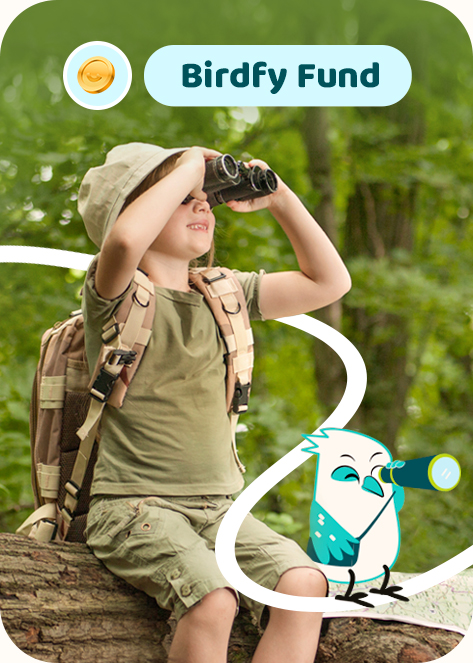
Every Dollar Takes Flight
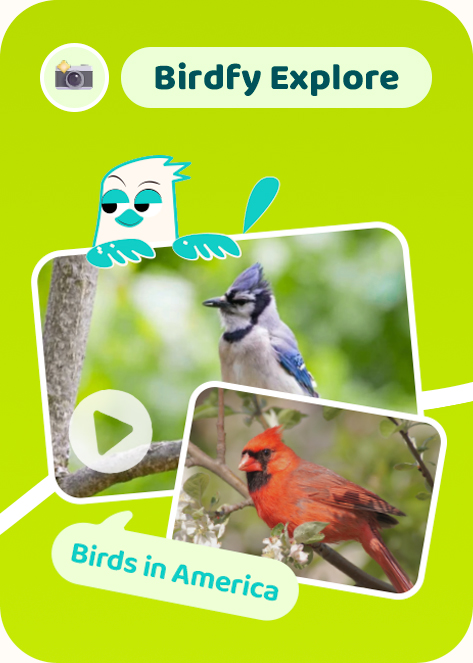
Enjoy All About Birds
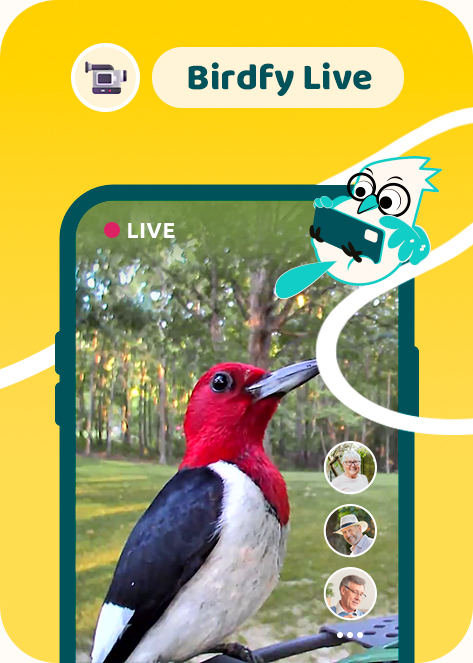
Freestyle on Nature's Stage

10 Tips to keep bees away from hummingbird feeders

The Benefits of a Bird Bath and Why the Birdfy Bath Pro Is the Smart Choice for Bird Lovers

American National Bird: The Symbolism of the Bald Eagle
Lifetime Customer Support
2-Year Warranty
30-Day Money-Back Guarantee
Lifetime Customer Support
2-Year Warranty
30-Day Money-Back Guarantee
Lifetime Customer Support
2-Year Warranty
30-Day Money-Back Guarantee
Lifetime Customer Support
2-Year Warranty
30-Day Money-Back Guarantee
Lifetime Customer Support
2-Year Warranty
30-Day Money-Back Guarantee
Lifetime Customer Support
2-Year Warranty
30-Day Money-Back Guarantee
About Birdfy
Community
Gifting has never been easier
Perfect if you're short on time or are unable to deliver your gift yourself. Enter your message and select when to send it.
